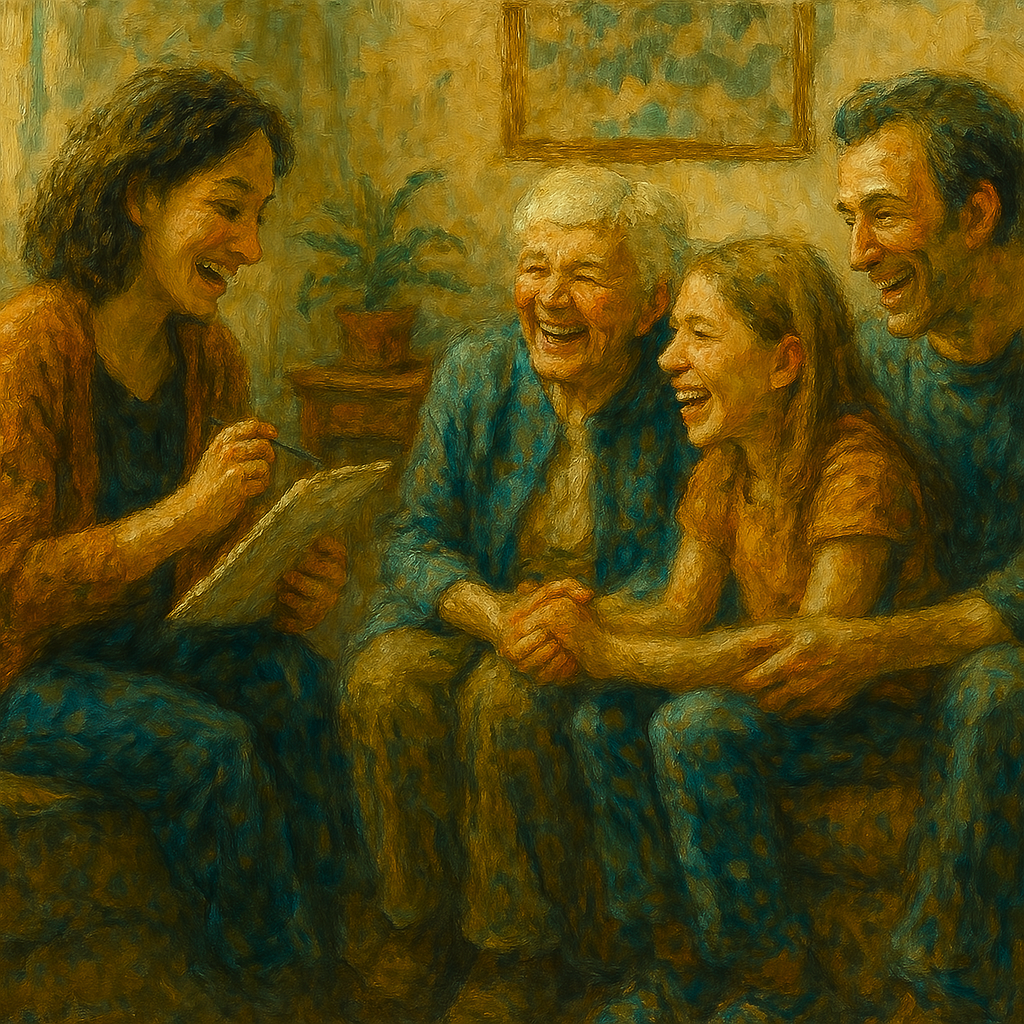Category: Types of Psychotherapy
-
Feelings are important in growing consciousness – Existential and Mindfulness Based Emotional Reflection Therapy
Accepting your emotional reality and holding an awareness of those feelings helps us to be conscious of how we are currently being influenced … understanding this influence opens up the possibility to use reflection to guide your actions towards your best interests and towards the most ideal interaction patterns.
-
The thoughts, emotions, and behaviors triangle
The Diagram below can be used to understand the interconnectedness of thoughts, emotions and behaviors. Additionally the diagram gives an easy to understand explanation of the many different means of offering a psychotherapy intervention. I use this Diagram to offer a visual depiction of all the different options which are available to help the client…
-
What is a systemic approach in psychotherapy? Family systems theory intervention
The major difference between Family therapy and individual therapy is something called systems theory… therapist using such an approach are said to look at problems and solution systemically. In viewing a problem systemically a therapist will look at all the factors which bear some relation to the reported symptoms… ‘Factors’ could be family members, friends,…
-
Cognitive Behavioral Therapy simplified
Cognitive behavioral therapy (CBT) is based on the idea that emotions affect behaviors and thoughts, thoughts affect emotions and behaviors, and behaviors affect emotions and thoughts. To resolve a problem, CBT therapists generally try and promote a change in behavior and thinking patterns with the goals of increasing positive emotions.
-
Play therapy explained | How to use play therapy | Attuning to your child | how and why it works
Quick Summary: Play therapy is an effective and developmentally accommodating way for a child to communicate emotional or otherwise ‘complex’ information to an adult. A child will often tell you about what they are currently feeling or thinking about with their toys or drawing etc… If an adult can pay attention to the story line…
-
Existentialism in Psychotherapy
Existentialism is used in Psychotherapy to allow clients to explore their freedom in creating their own meaning. When a client finds his/her freedom to create meaning they greatly reduce their anxiety. The new meaning that a client creates can greatly reduce their suffering and can aid in a person’s recovery from a difficult lived experience.
-
The Evolution of CBT = Mindfulness – moving from changing projections to eliminating projections
I am suggesting that CBT will evolve into mindfulness as mindfulness reduces the unwanted affects of both positive and negative projections where as CBT is designed to reduce the unwanted affects of negative projections alone.
-
Structural family therapy summary
Quick Summary: I am providing a summary of Structural Family therapy. I will define all relevant terms and offer an explanation as to what structural therapy might typically look like.
-
Solution Focused Therapy simplified
Quick summary: Solution focused in based on the idea that if you get people to start solving and to stop over analyzing the problem they will be more likely to reach a resolution in the present and they will be more likely to seek out solutions or to put the majority of there perceptual energy…
-
A subtle difference between Narrative and Cognitive psychotherapy
Quick Summary: Narrative and Cognitive therapy both help people to think about their world a bit differently. Cognitive therapy helps people to look at and to change disruptive beliefs and Narrative therapy helps people to put more attention on the positive storylines that make up their reality. Both hold that positive thoughts and a positive…
-
'narrative means to theraputic ends' – book summary and review
Quick summary: Below is a book review for ‘Narrative means to therapeutic ends’ written by Michael White and David Epston. I use this opportunity to highlight the major themes of Narrative therapy in general. This is a great book!
-
Rogerian (or Person Centered) therapy summary
Rogers maintains that if a therapist offers a setting in which he/she is genuine, empathetic and can offer unconditional positive regard to the client, then the client will naturally grow into an effective, affectionate, empathetic, accepting, self-aware, secure and happy person.

